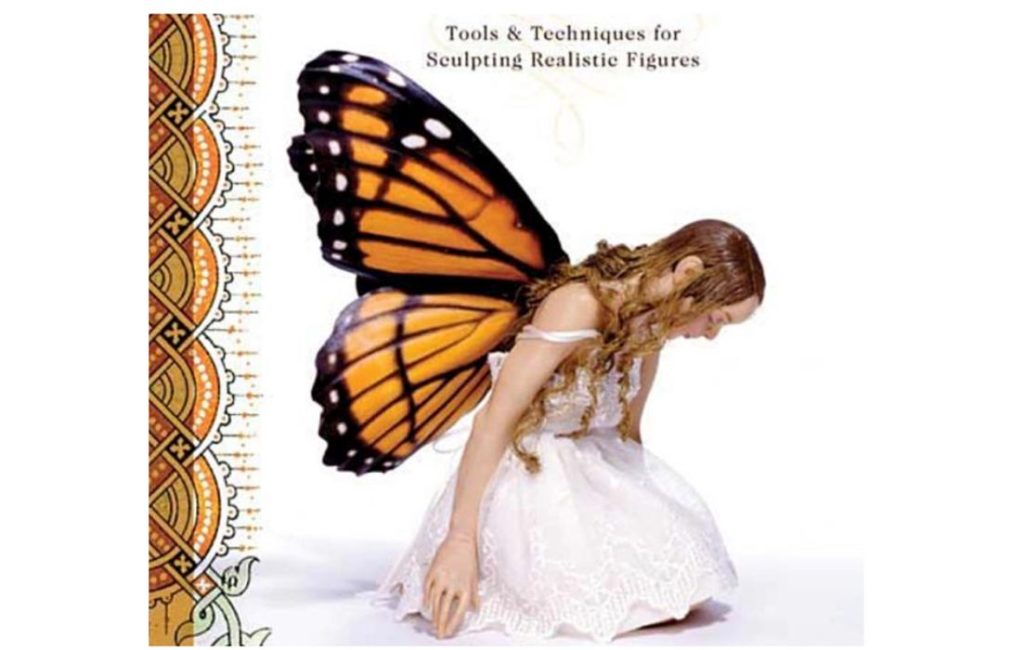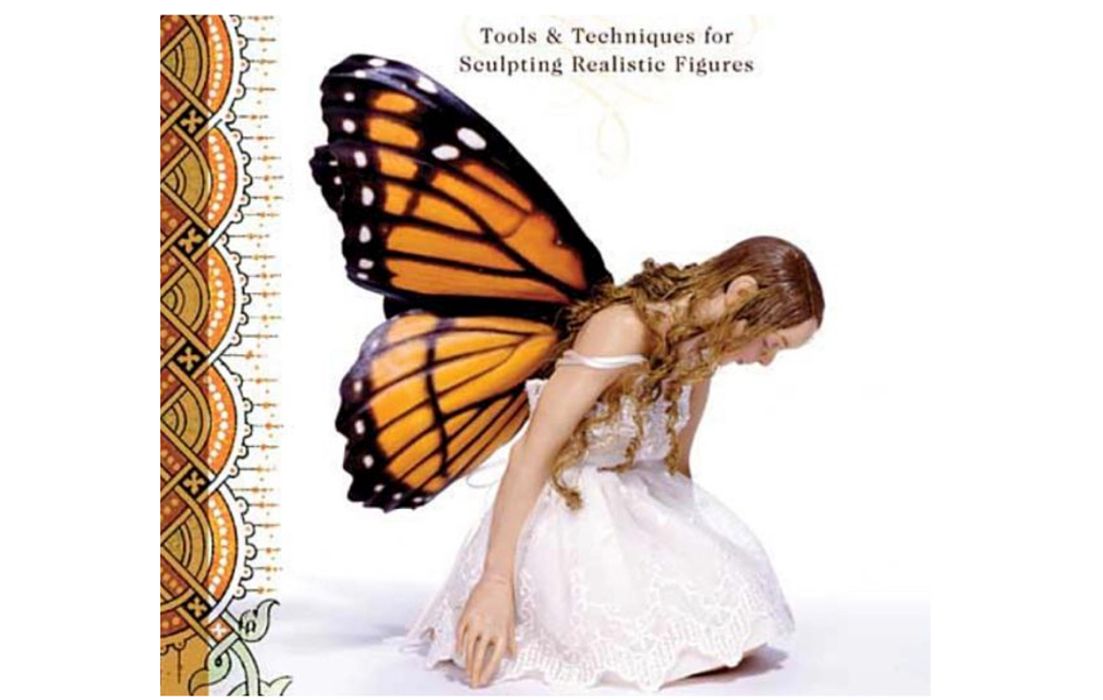
This week’s selection is “Creating Lifelike Figures in Polymer Clay: Tools and Techniques for Sculpting Realistic Figures” by Katherine Dewey.
Let’s get one thing straight right away: this book is NOT about 3D printing. In fact, it is dated from 2008, and thus is actually before the advent of desktop 3D printing. It is, however, all about modeling figurines.
These days there are plenty of people using desktop 3D printers to print figurines, be they for gaming, from gaming or other sources. This hobby grew tremendously with the advent of inexpensive MLSA resin 3D printers, which can produce extremely detailed prints.
The vast majority of 3D models being printed as figurines were made by someone other than the 3D print operator. Typically highly-skilled artists take considerable time to devise these amazing models, and some even make a full-time living doing so by selling them to clients.
But what if you wanted to design your own figurine using today’s advanced 3D sculpting software? Is this possible? It should be, given that that software is the same as used by the skilled artists.
It’s relatively easy to obtain the software; many good options are available that use a sculpting paradigm. Some are pay-for products, while others are free or are included in solid modeling tools.
It’s also relatively straightforward to learn how to use any of these tools using dozens of video and written tutorials.
However, few show you exactly how to sculpt a figurine. This is a skill that must be aded ON TOP of the skills in using a sculpting tool.
In this book Dewey provides an introduction to the materials and tools typically used in physical sculpting. These you can ignore, as we’re interested in the later sections of the book.
The key parts of the book are the sections on how to model various parts of the human body. Sections include:
- Modeling The Head And Face
- Modeling The Torso
- Modeling The Leg & Foot
- Modeling The Hand & Arm
- Modeling In A Smaller Scale
- Dressing The Sculpture
- Adding Details
My theory is that if one had a reasonable understanding of how figurine sculpting is done in real life, this could be translated to analogous methods in digital tools.
If you’re interested in sculpting figurines, but don’t know where to start after obtaining sculpting tools, this book might be an interesting place to begin.
We’re an Amazon Associate and earn a small fee from qualifying purchases. Help support our 3D print news service by checking out this book!
Via Amazon

